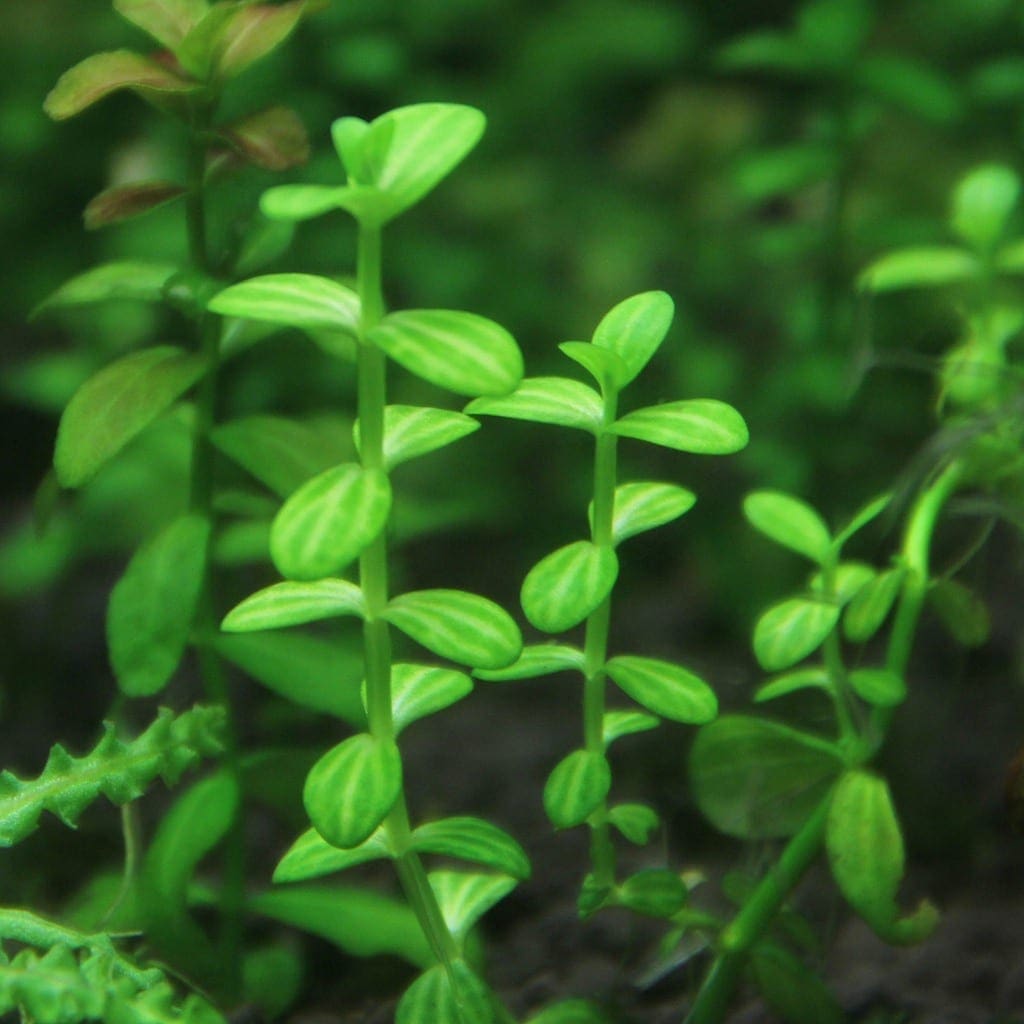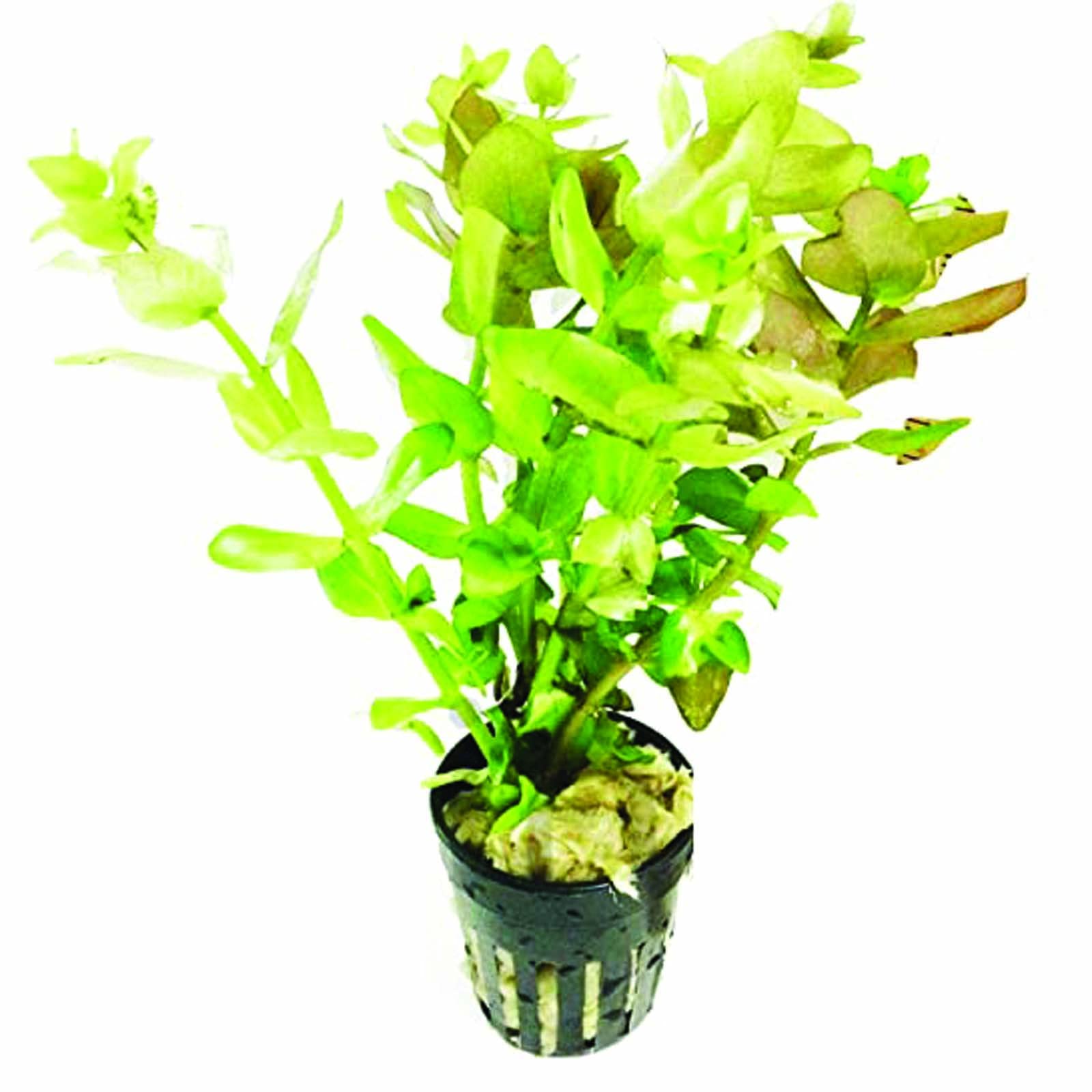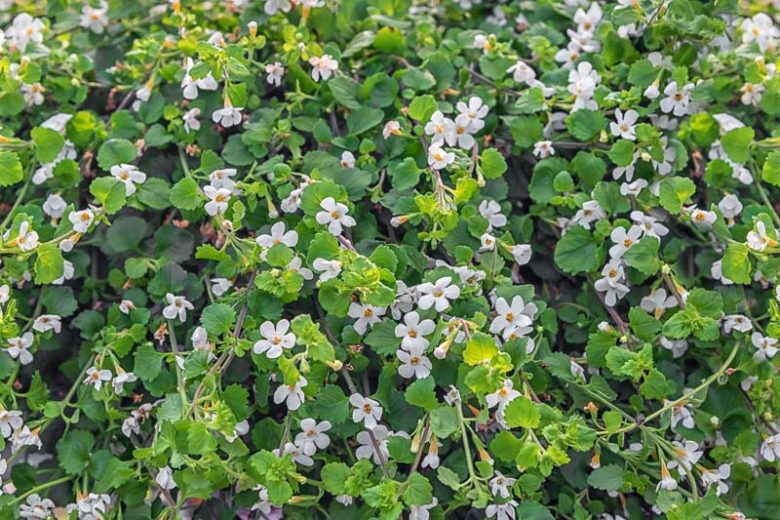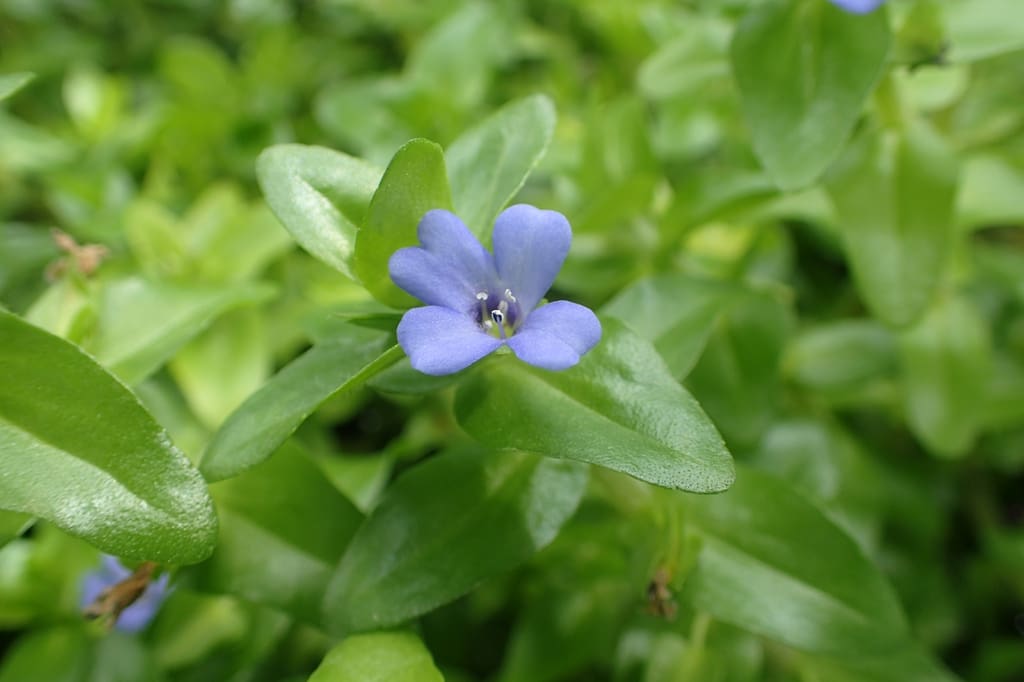In understanding the sphere of aquatic botany, you will encounter a multitude of species that pique your curiosity and broaden your knowledge. One such species, the aquatic plant known commonly as Water Hyssop, holds tangible significance due to its remarkable traits and uses. The purpose of this article is to shed light on the Water Hyssop: its physical description, natural habitat, growth habits, and its historical and contemporary uses. As you traverse through the following sections, you will attain a comprehensive understanding of this fascinating species, placing you squarely in the intellectual sphere of aquatic botany.

General Overview of Water Hyssop
Water Hyssop, also known by its scientific name, Bacopa monnieri, is a perennial, creeping herb that grows predominantly in wetlands and marshy areas. This aquatic plant holds significant value due to its multifarious medicinal, ecological, and culinary properties.
Definition of Water Hyssop
Water hyssop is a non-aromatic herb that thrives in tropical and subtropical regions. Known for its small size, the plant is characterized by its succulent, creeping stems that can reach lengths of up to 30-100 cm. The leaves, small and elliptical, tend to cluster at the stem, with the white, four to five-petaled flowers sprouting amidst the leaves. Its ability to grow in a variety of conditions, ranging from terrestrial to submergent, potentially contributes to its widespread presence.
Regional Distribution and Habitat
Originally found in the tropical regions of the world, water hyssop now enjoys a widespread distribution across India, Nepal, Sri Lanka, China, Taiwan, and even Southern parts of the United States. It is commonly found thriving in wet, marshy areas, along riverbanks, and in damp, shady spots.
Common Names and Synonyms
In addition to water hyssop, Bacopa monnieri is also widely known under a myriad of names such as Brahmi, Herb of Grace, Indian Pennywort, Thyme-leafed Gratiola, and Coastal Water hyssop, reflecting its diverse usage and cultural significance across different regions.
Botanical Description of Water Hyssop
The intriguing aspects of water hyssop extend beyond its potential uses, delving into the plant’s botanical structure.
Form and Size of the Plant
Water hyssop typically grows as a small, creeping plant, reaching lengths between four to six inches. It possesses an oblong shape with branches spreading in various directions. The size might be diminutive, but the plant’s impact is immeasurable.
Stem and Leaf Structure
The plant’s stems are succulent, creeping, and can reach lengths of up to 30-100 cm, while the leaves are small, elliptical and arranged in opposite pairs along the stem. The leaves usually approximate 10-20mm in length and 3-6mm in breadth.
Flower and Seed Description
The water hyssop produces solitary, white flowers amidst its leaves. These flowers include four to five petals and are approximately 8-10mm in diameter. The plant bears fruit in the form of oval-shaped capsules, which split to release the tiny seeds.

Growing Conditions for Water Hyssop
Bacopa monnieri is a versatile plant, capable of thriving in a variety of environments and adapting to different conditions.
Preferred Temperature and Climate
Water hyssop prefers a tropical or subtropical climate for optimal growth. The ideal temperature range lies between 20-30 degrees Celsius. It can withstand temporary frost, although prolonged cold periods may cause significant damage.
Light and Shade Requirements
While the plant enjoys a good amount of sunlight, it can also grow under partial shade. However, the growth might be less vigorous in comparison to sun-exposed plants.
Soil and Nutrient Needs
As a marsh-dwelling plant, water hyssop favors a nutrient-rich, moist, and well-drained soil for its growth.
Propagation of Water Hyssop
Given the right conditions, water hyssop can be propagated with relative ease using several methods.
Seed Germination Process
Seeds can be directly sown into the ground or containers. They usually germinate within two to three weeks, provided the environmental conditions are optimal.
Using Cuttings for Propagation
Another popular propagation method involves trimming a healthy stem from the mother plant and sticking it into the soil or substrate, where it will eventually root and grow into a new plant.
Growing in Containers versus Direct in Ground
Both growing methods are feasible for water hyssop. If you’re limited on outdoor space, container cultivation can be pursued, making sure the plant has adequate drainage. Alternatively, if ample space is available, you can plant it directly in the ground.

Care and Maintenance of Water Hyssop
Having established how to grow the water hyssop, the subsequent part involves comprehending its maintenance needs.
Watering and Fertilizer Requirements
Water hyssop appreciates a consistently moist soil though not waterlogged. Regarding fertilizer, a regular application of a balanced, water-soluble fertilizer does wonders in keeping the plant healthy and thriving.
Pruning and Trimming Techniques
Pruning isn’t strictly necessary, but periodic trimming helps in managing the plant’s size and encourages a bushier growth habit.
Dealing with pests and Diseases
Like any plant, water hyssop can succumb to its fair share of pests and diseases. Aphids, slugs, and snails might pose a problem; these can be managed with pesticide application or natural, organic methods
Uses and Benefits of Water Hyssop
Water hyssop offers a plethora of uses and benefits that range from culinary to medicinal and ecological.
Culinary Uses of Water Hyssop
Water hyssop has a bitter taste, making it less ideal as a standalone ingredient. However, it can still be consumed in the form of herbal teas or as part of a mixed-vegetable dish.
Medical Uses and Health Benefits
From a medicinal perspective, water hyssop is renowned for its neuroprotective properties. It is often leveraged for treating Alzheimer’s, memory loss, anxiety, ADHD, and even for its antioxidant and anti-inflammatory properties.
Environmental Contributions and Ecological Significance
Environmentally, the plant serves as a valuable asset to stabilizing shorelines, reducing erosion, and providing a habitat for small aquatic animals.

Historical Uses of Water Hyssop
A delve into history illustrates the enduring relevance of water hyssop throughout different cultures and periods.
Historical Cultural Significance
Historically, water hyssop held an esteemed position in Ayurvedic medicine. In India, it was revered for its memory-enhancing capabilities and was often used in religious rites and rituals.
Traditional Medicinal Uses
Other than memory enhancement, traditional medicinal uses also include treatment for epilepsy, asthma, ulcers, tumors, ascites, and inflammations.
Historical Food Uses
While not extensively used in terms of food, water hyssop was sometimes used as a salad ingredient or infused in teas and drinks.
Potential Risks and Concerns Related to Water Hyssop
Despite its myriad of advantages, water hyssop does come with a few potential risks and concerns.
Potential Health Risks
Although generally safe, some people might have allergic reactions to the plant. It’s always advisable to consult with a healthcare expert before incorporating it into treatment plans or diets.
Risk to Natural Ecosystems
In ecosystems where it’s non-native, the water hyssop can become invasive, potentially out-competing native flora and thereby disrupting natural balances.
Regulatory Concerns and Restrictions
Due to its invasive potential, in some areas, regulations on the planting and distribution of water hyssop might apply.

Scientific Studies and Research About Water Hyssop
Over the years, the water hyssop has been a subject of intensive studies.
Studies About Its Medicinal Properties
Research studies have confirmed the plant’s neuroprotective benefits, highlighting its effectiveness against conditions like Alzheimer’s and ADHD.
Ecological Research Findings
Ecologically, studies have underscored the plant’s significance in shoreline stabilization and providing a habitat for small aquatic animals.
Future Research Opportunities
Future research is anticipated, particularly towards fully understanding the potency and limit of its medicinal properties and identifying more potential applications in environmental conservation.
Conservation Efforts for Water Hyssop
Though not currently labeled as threatened or endangered, water hyssop still involves some conservation efforts.
Current Status in the Wild
Presently, water hyssop thrives in the wild and hasn’t been labeled as a threatened or endangered species.
Conservation Organizations and Efforts
Conservation organizations and local communities are involved in managing the plant, especially in areas where it’s non-native, to prevent potential invasiveness.
Role of Horticulture in Conservation
Commercial and private horticulture plays a role in preserving the plant, ensuring its sustainable use, and preventing any wild exploitation.
In conclusion, the water hyssop or Bacopa monnieri is an exceptional example of nature’s gifts with its multiple uses in cuisine, medicine, ecology, and more. This creeping herb’s propagation, care, and conservation require due diligence to keep it thriving and serving us with its diverse benefits.
